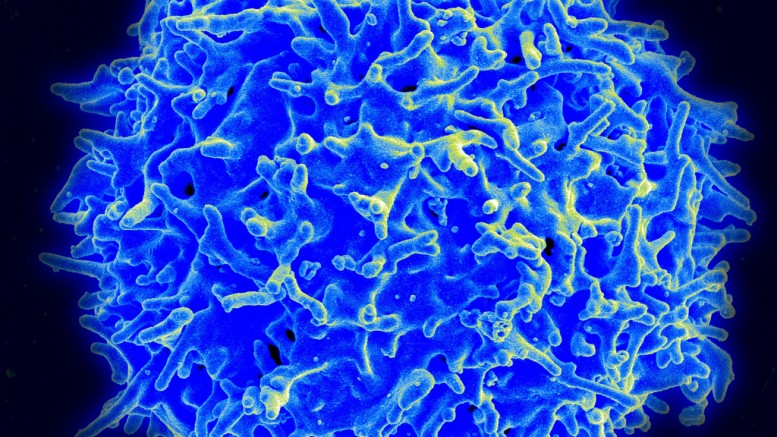Research teams from the University College London Cancer Institute (UCL) made an earthshaking discovery in learning how the genetic differences in cancer cells can be used to destroy them. Scientists found several cellular targets that may “teach” the immune system how to recognize tumor cells and annihilate them, paving the way for future cancer vaccines and personalized cancer immunotherapy.
Immunotherapy to fight cancer
Immunotherapy may represent the future in the fight against cancer, due to the inherent ability of the immune system to track down and destroy tumor cells. Modern chemotherapy drugs are, in fact, unable to distinguish between “good” and “bad” cells, and are often very detrimental to the patient’s health. A large portion of the new cancer research did, in fact, focus on finding new strategies to help white blood cells focus on the right cellular targets, in order to eliminate cancer cells. T cells can understand whether a cell is a sane or a tumor one, in a similar fashion to the way they recognize and attack bacteria and virus-infected cells.
All cells possess several molecular targets called “antigens” that bind to specific portions of the T cell, telling the immune system if they’re dangerous for the organism. They’re a sort of “personal ID” that the white blood cell policemen use to identify various types of cells and destroy them in the earliest stage of tumor growth. However, as the tumor keeps growing, cancer cells learn new techniques to avoid detection by the immune system, significantly reducing its ability to fight them off. Tumor cells keep mutating, adding so many layers of genetic complexity in their antigens, that T cells can’t keep up with them.
The study teaches white blood cells how to recognize cancer cells
This new research study may help improve our understanding of the effects of immune system on cancer, giving new hopes of finding new therapies to those that were previously considered as untreatable.
REFERENCES
- N. McGranahan, A. J. S. Furness, R. Rosenthal, S. Ramskov, R. Lyngaa, S. K. Saini, M. Jamal-Hanjani, G. A. Wilson, N. J. Birkbak, C. T. Hiley, T. B. K. Watkins, S. Shafi, N. Murugaesu, R. Mitter, A. U. Akarca, J. Linares, T. Marafioti, J. Y. Henry, E. M. Van Allen, D. Miao, B. Schilling, D. Schadendorf, L. A. Garraway, V. Makarov, N. A. Rizvi, A. Snyder, M. D. Hellmann, T. Merghoub, J. D. Wolchok, S. A. Shukla, C. J. Wu, K. S. Peggs, T. A. Chan, S. R. Hadrup, S. A. Quezada, C. Swanton. Clonal neoantigens elicit T cell immunoreactivity and sensitivity to immune checkpoint blockade. Science, 2016; DOI: 10.1126/science.aaf1490
